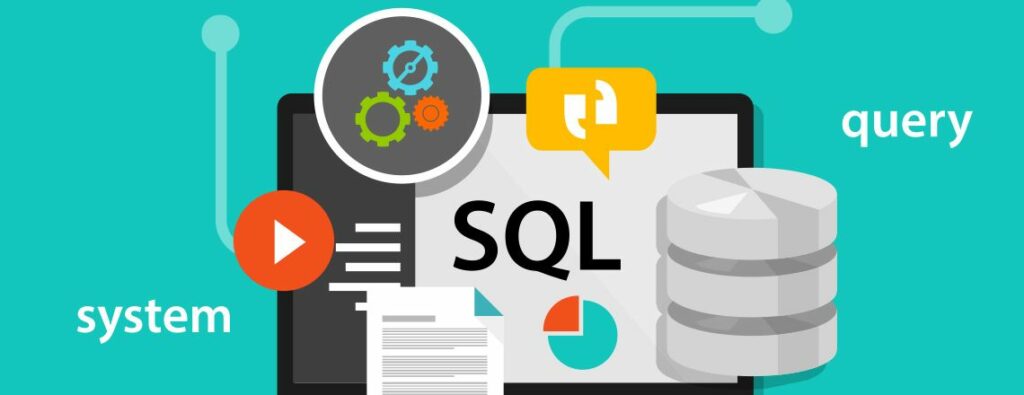
Free eBooks for Beginners
SQL is a widely used programming language for managing and manipulating data stored in relational databases. However, not all data is stored in relational databases. Some data, such as XML data, is stored in a different format that requires a different approach for processing and analysis.
XML, or eXtensible Markup Language, is a markup language that is used to encode data in a human-readable and machine-readable format. XML data is often used to store data that is hierarchical in nature, such as data related to documents, products, customers, and more.
SQL provides several methods for working with XML data, including functions, operators, and techniques for converting XML data into relational data. One of the most useful functions in SQL for working with XML data is the “XMLPARSE” function. This function is used to parse XML data into a format that can be processed and analyzed using SQL.
Another useful function in SQL for working with XML data is the “XMLQUERY” function. This function is used to extract data from XML data based on specific conditions. For example, you can use the XMLQUERY function to extract data from an XML document based on a specific element or attribute.
SQL also provides several operators for working with XML data, including “->,” “->>,” and “EXTRACT.” These operators are used to extract data from XML data in a similar way to the XMLQUERY function.
In addition to functions and operators, SQL provides techniques for converting XML data into relational data. This is done using a process called “shredding,” which involves breaking down the XML data into its individual components and storing those components in relational tables. This process enables you to analyze the data using SQL and gain insights into the relationships between different elements in the XML data.
In conclusion, XML is a widely used markup language for storing data, and SQL provides several methods for working with XML data. Whether you need to parse XML data, extract data based on specific conditions, or convert XML data into relational data, SQL provides the tools and techniques you need to get the job done. Understanding how to work with XML data in SQL is an important skill for anyone working with data, as it enables you to process and analyze a wide range of data types.
SQL for Beginners and Data Analyst – Chapter 35: XML
 Loading...
Loading...
Disclaimer: The information and code presented within this recipe/tutorial is only for educational and coaching purposes for beginners and developers. Anyone can practice and apply the recipe/tutorial presented here, but the reader is taking full responsibility for his/her actions. The author (content curator) of this recipe (code / program) has made every effort to ensure the accuracy of the information was correct at time of publication. The author (content curator) does not assume and hereby disclaims any liability to any party for any loss, damage, or disruption caused by errors or omissions, whether such errors or omissions result from accident, negligence, or any other cause. The information presented here could also be found in public knowledge domains.